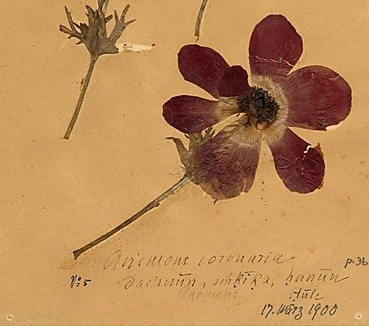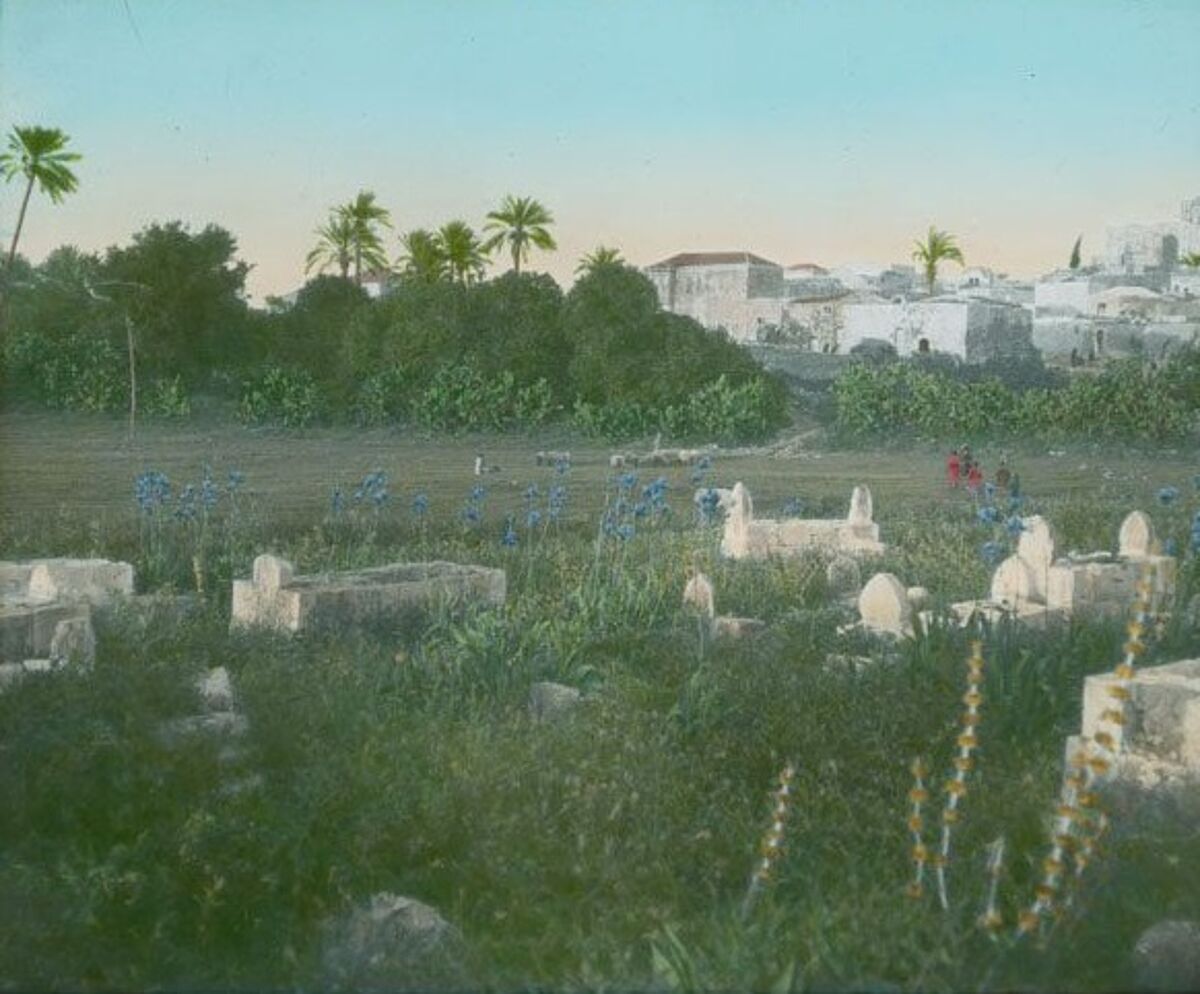Collection of the Gustaf Dalman Institute
The Gustaf Dalman Collection offers a comprehensive portrait of the natural and cultural history of Palestine prior to the First World War. It originated in the extensive and diverse materials collected by Gustaf Dalman himself in early twentieth-century Jerusalem, and has been continually maintained and supplemented since its arrival in Greifswald in the 1920s. Today the collection comprises rock, earth, and plant samples, including a Herbarium containing approximately 2,000 dried leaves and flowers, archeological specimens ranging from shards to plaster casts, as well as nearly-forgotten objects from daily life such as a Bedouin wedding garment and a model loom.
Approximately 20,000 photographs (diapositives, negatives, prints, paper prints, and numerous aerial photos) uniquely document the cultural landscape of Palestine prior to the First World War. The images were taken by members of the American Colony, by the fine arts publisher Bruno Hentschel in Leipzig, by the Arab photographer Chalil Raad, or by Gustaf Dalman himself and the fellows at his institute in Jerusalem. In addition, Dalman's photo albums from the years 1904-1910 offer an almost private glimpse into the travels and research of the institute. Large-scale maps (including relief maps) of Palestine, primarily from the Bavarian War Archive, round out the collection.
about 13,000 Objects
of the Gustaf Dalman Collection can be viewed online


